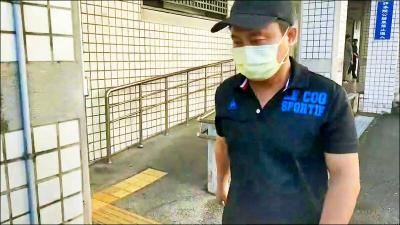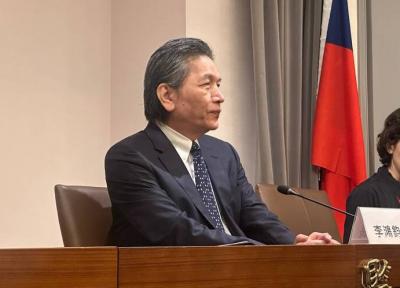The Ministry of Health and Welfare yesterday said that from June next year, pharmaceutical companies will be obliged to package their drugs with easily understandable information.
In a survey conducted this year by the Food and Drug Administration (FDA), 59 percent of respondents said they did not know the name of the drugs they were taking and 50 percent had not read the information provided with their drugs, making them unaware of appropriate doses or possible side effects. In addition, 36 percent of respondents were unaware of the intended purposes of the drugs they were taking.
To make over-the-counter drugs safer to use, the administration is to require the simplification of information required on drug packages and package inserts, administration official Chi Jo-feng (祁若鳳) said.
“The new information format for package inserts obligates companies to list information in order of importance, with the drug name first, followed by its purpose, warning, directions and dosage,” Chi said.
In addition to a consumer service telephone number, six types of information must be printed on the side of packages: The drug’s name, active ingredient, purpose, warnings, directions and dosage, Chi said.
“At present, because complete drug information is only listed on the package insert, if they have not consulted their pharmacist, consumers can only know if the drug is suitable for them after purchasing the drug and reading the package insert,” Division of Medicinal Products section chief Lien Heng-jung (連恆榮) said.
In addition, a QR Code must be applied to new drug packages, so that people with reading disabilities can use their smartphones to scan the code and access voice information on the drug, Chi said.
Companies making products which fail to conform to the new regulations would be subject to fines of between NT$30,000 and NT$2 million (US$910.47 and US$60,698), Chi said.

The Sports Administration yesterday demanded an apology from the national table tennis association for barring 17-year-old Yeh Yi-tian (葉伊恬) from competing in the upcoming World Table Tennis (WTT) United States Smash tournament in Las Vegas this July. The sports agency said in a statement that the Chinese Taipei Table Tennis Association (CTTTA) must explain to the public why it withdrew Yeh from the WTT tournament in Las Vegas. The sports agency said it contacted the association to express its disapproval of the decision-making process after receiving a complaint from Yeh’s coach, Chuang

The Hualien Branch of the High Court today sentenced the main suspect in the 2021 fatal derailment of the Taroko Express to 12 years and six months in jail in the second trial of the suspect for his role in Taiwan’s deadliest train crash. Lee Yi-hsiang (李義祥), the driver of a crane truck that fell onto the tracks and which the the Taiwan Railways Administration's (TRA) train crashed into in an accident that killed 49 people and injured 200, was sentenced to seven years and 10 months in the first trial by the Hualien District Court in 2022. Hoa Van Hao, a

Control Yuan Secretary-General Lee Chun-yi (李俊俋) tendered his resignation last night, admitting that he had misused a government vehicle, as reported by media. His resignation was immediately accepted by the Control Yuan. In a statement explaining why he had resigned, Lee apologized for using a Control Yuan vehicle to transport his dog to a pet grooming salon on May 20. The issue first came to light late last month, when TVBS News reported that Lee had instructed his driver to take the dog to the salon. The news channel broadcast photos that it said were taken by an unnamed whistle-blower, which purportedly showed the

Taipei has once again made it to the top 100 in Oxford Economics’ Global Cities Index 2025 report, moving up five places from last year to 60. The annual index, which was published last month, evaluated 1,000 of the most populated metropolises based on five indices — economics, human capital, quality of life, environment and governance. New York maintained its top spot this year, placing first in the economics index thanks to the strength of its vibrant financial industry and economic stability. Taipei ranked 263rd in economics, 44th in human capital, 15th in quality of life, 284th for environment and 75th in governance,